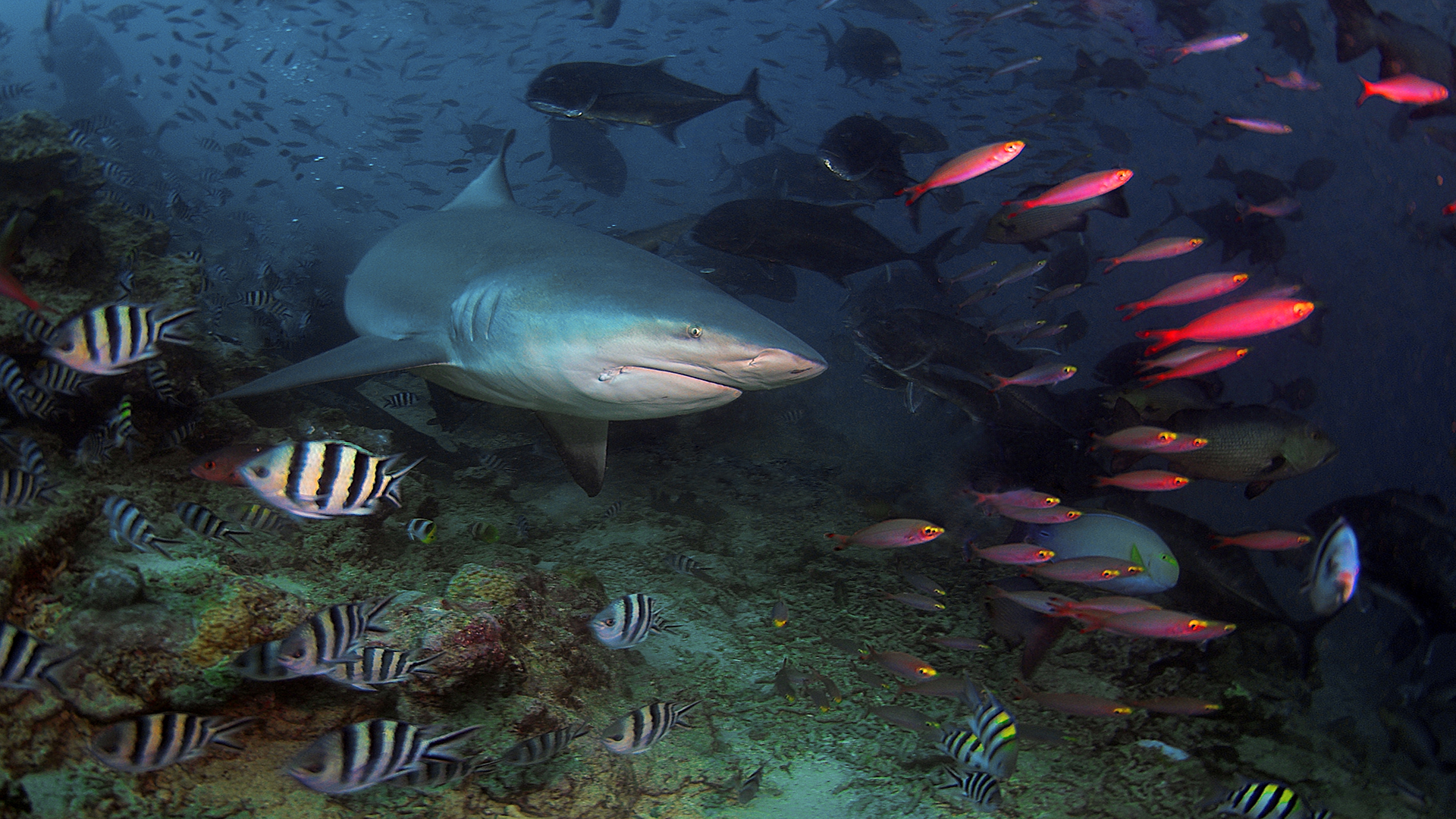When you think of sharks, you’re probably imagining massive, toothy giants prowling the open ocean, right? The kind that sends shivers down your spine with just the thought of a dorsal fin slicing through the water?
But hold onto your snorkel – because not all sharks stick to saltwater! Some incredible species have defied expectations and adapted to live in freshwater habitats, proving that these ancient predators are way more versatile than we give them credit for.
Picture rivers, lakes, and estuaries where salt and fresh water mix – surprising places where these sharks thrive as survival experts. And how do they pull off this amazing feat? Special salt-regulating superpowers, of course!
Their bodies have evolved to handle water conditions you wouldn’t expect a shark to survive in, allowing them to explore ecosystems far from the open sea.
So, grab your gear (and maybe a bit of courage), because we’re about to dive into the world of incredible freshwater sharks that will totally change the way you think about these legendary predators!
Trust me, they’re just as wild and wonderful as their saltwater cousins, if not more!
1. Bull Shark
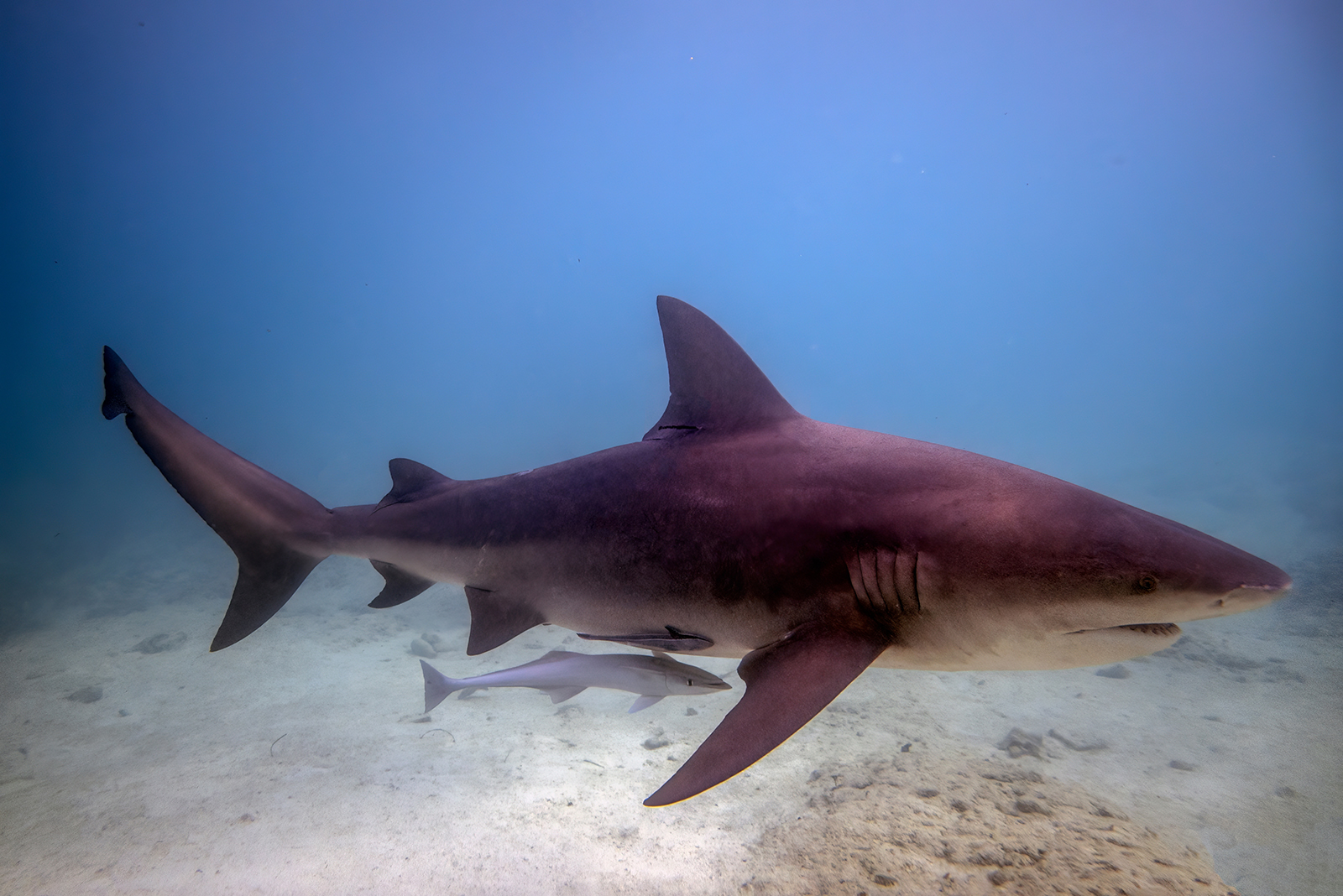
The bull shark is basically the rebel of the shark world. It’s got a reputation for being bold, aggressive, and totally fearless – and it doesn’t stop at the ocean’s edge.
This predator has mastered the art of living in both saltwater and freshwater, making surprise appearances in places you’d never expect, like way up the Mississippi River and even in Lake Nicaragua. So, how does it pull off this incredible trick?
Bull sharks have specialized kidneys and a gland near their tail that lets them adjust salt levels in their body like pros, allowing them to explore waters far from the sea. Their broad, muscular build and insanely strong bite make them apex predators wherever they go.
Sure, they might sound scary, but they play a vital role in keeping ecosystems balanced by controlling prey populations. Nature’s tough, adaptable survivor at its finest!
2. Speartooth Shark
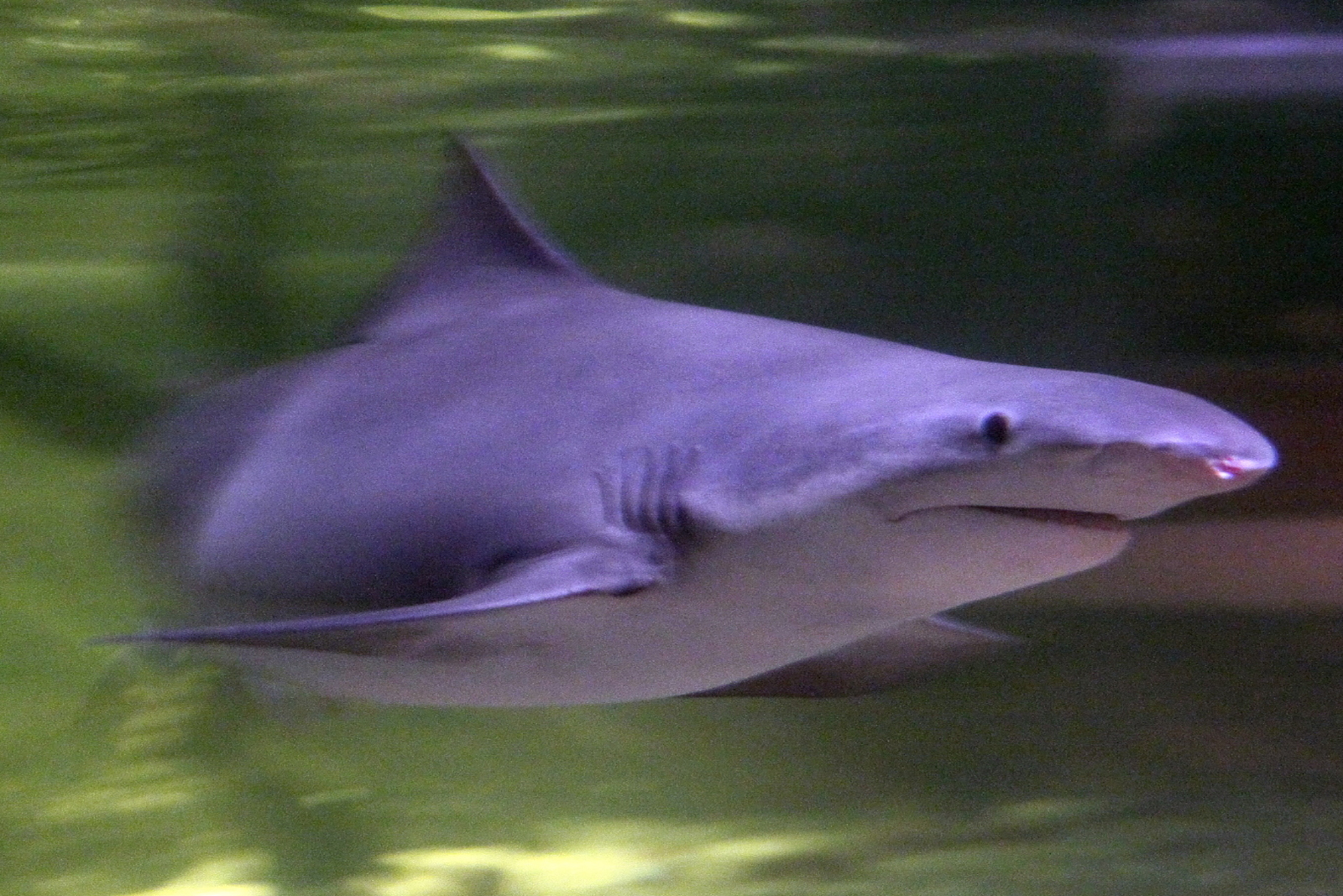
The speartooth shark is like the stealth mode version of freshwater sharks—mysterious, hard to find, and rarely seen in the wild. Native to the remote rivers and estuaries of Australia and New Guinea, this elusive predator has some serious ninja skills.
It earned its name from its unique, spear-shaped teeth, perfect for snatching slippery fish in murky waters. Since it often hangs out in low-visibility environments, it doesn’t rely much on sight. Instead, it uses electroreception – basically a built-in prey detector – to sense the faint electric fields emitted by other animals. How cool is that?
Despite its fascinating features, the speartooth shark remains a mystery. It’s so rare that much of its life is still unknown, which makes it even more important to protect its fragile habitat from pollution and human activity before it disappears for good.
3. Ganges Shark

The Ganges shark is a true freshwater specialist – and a rare one at that! Found in the murky, fast-flowing rivers of India, particularly the Ganges and Brahmaputra, this critically endangered shark is often confused with the more famous bull shark.
But unlike its adaptable cousin, the Ganges shark sticks strictly to freshwater. It has a flattened snout and tiny eyes, which suggest it relies less on sight and more on electroreception to locate prey in the cloudy river water.
Sadly, this rare species faces serious threats from pollution, habitat destruction, and overfishing in one of the world’s most densely populated regions.
With so few sightings and so little research available, the Ganges shark remains one of the most mysterious, and vulnerable, sharks out there. Conservation efforts are crucial to ensure this freshwater predator doesn’t vanish forever.
4. Borneo River Shark
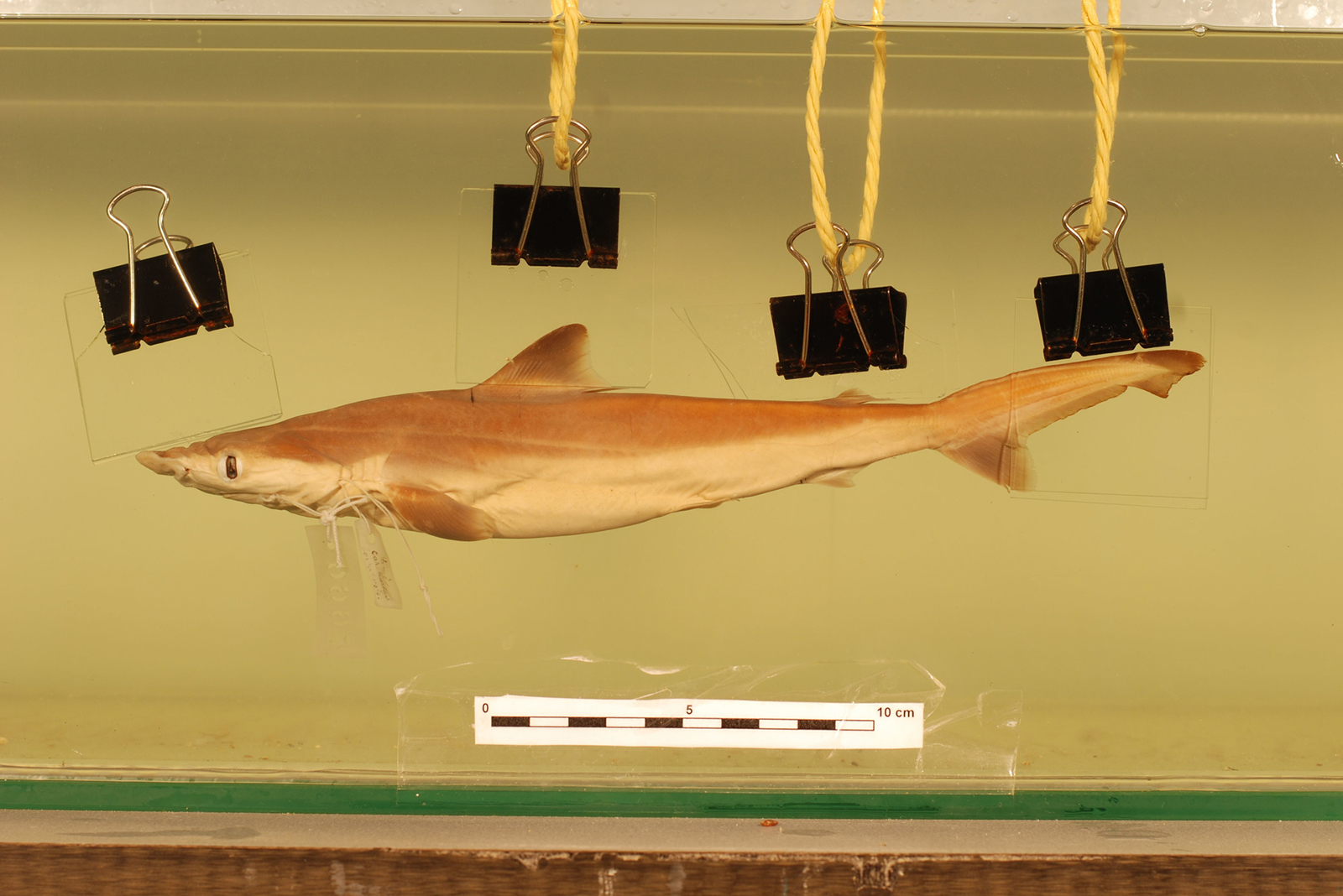
The Borneo river sharks are basically true Houdinis at heart! They are so elusive that even scientists can’t figure them out completely.
Native to the Kinabatangan River in Malaysia, this small shark, reaching just around two feet in length, has rarely been observed in the wild. Its secretive nature and limited range make it incredibly difficult to study, but we do know it’s adapted to low-visibility, slow-moving rivers where seeing prey would be tricky.
Like many of its freshwater cousins, it likely relies on electroreception to hunt small fish and crustaceans. Unfortunately, the Borneo river shark faces some serious challenges. Deforestation, agricultural runoff, and pollution have taken a toll on its already fragile habitat.
Since so little is known about this rare species, it’s hard to protect it properly, making research and conservation efforts all the more critical to prevent its silent disappearance from the wild.
5. Northern River Shark
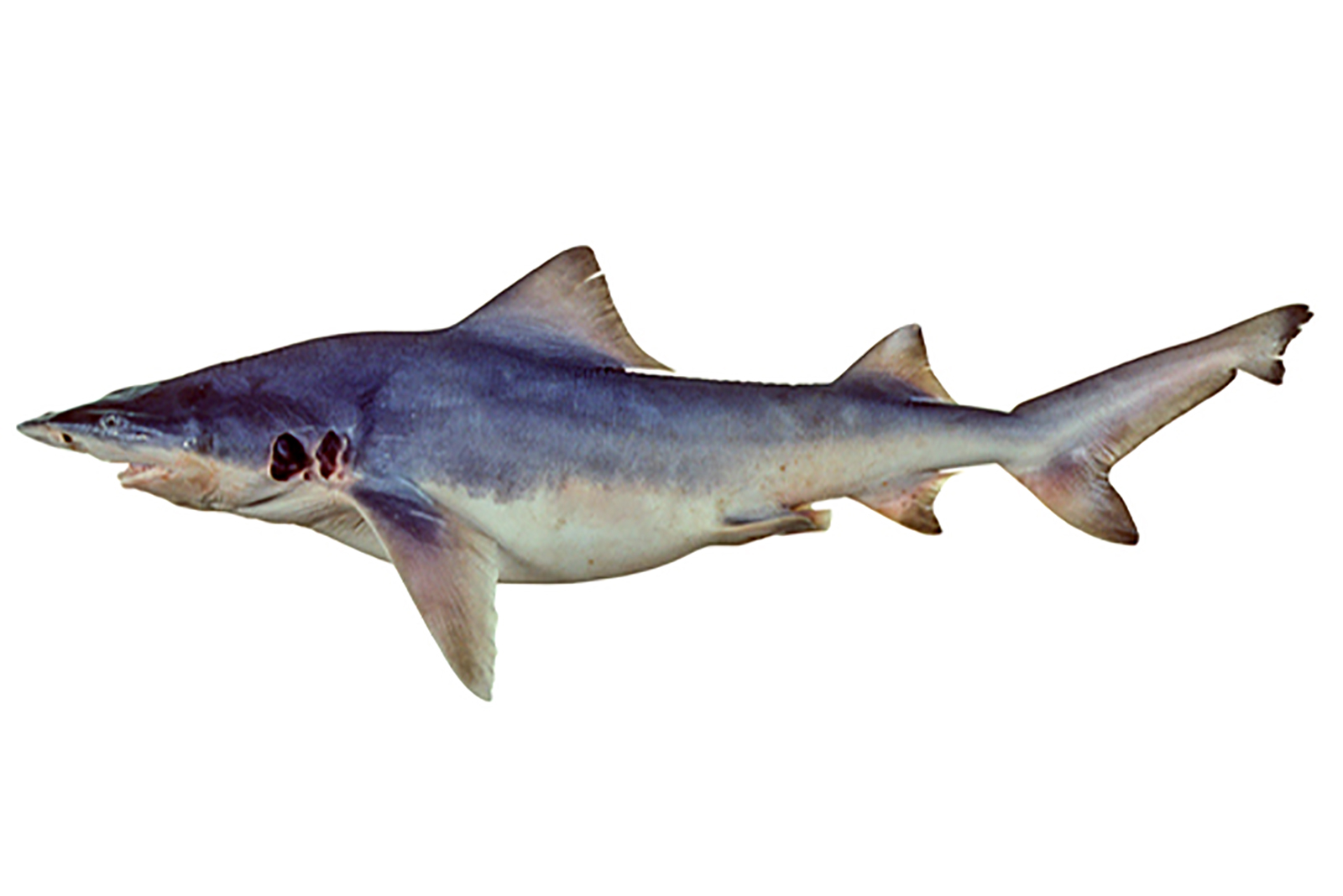
Meet the northern river shark – a freshwater predator that’s part mystery, part marvel. Found in parts of northern Australia and Papua New Guinea, this rare shark is known for its broad snout and unusually small eyes. Why the tiny peepers? Because it thrives in muddy, low-visibility waters where eyesight isn’t all that useful.
Instead, it relies on its supercharged electroreception abilities to sense prey, detecting the faint electric fields emitted by fish and other aquatic critters. But despite its impressive adaptations, the northern river shark remains one of the least studied species in the world.
We still don’t fully understand its breeding habits, population size, or long-term survival threats. What we do know is that it faces significant challenges from habitat destruction, water pollution, and overfishing – making it yet another freshwater predator in need of stronger protection. Gosh, we can be awful!
6. New Guinea River Shark
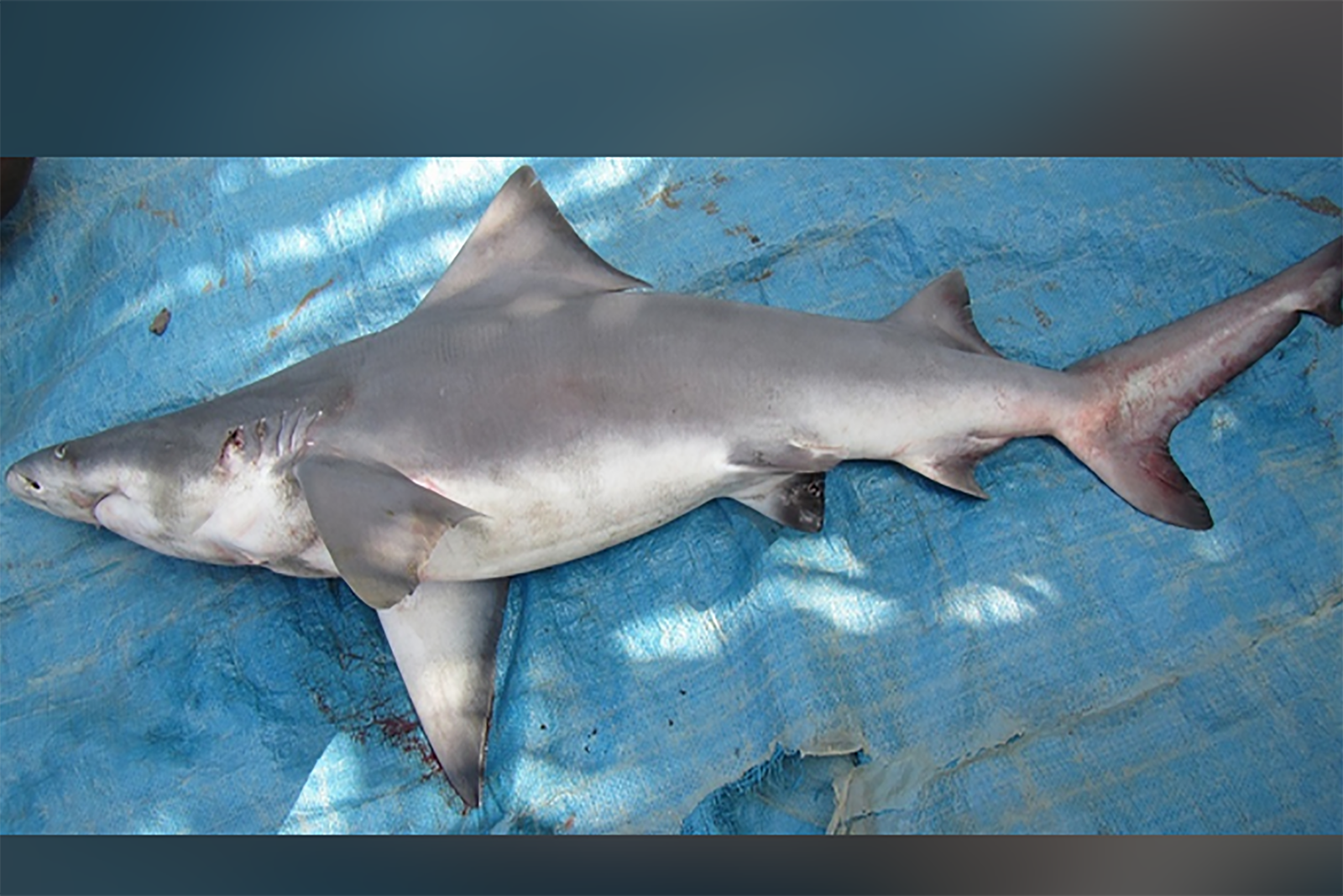
The New Guinea river shark, also known as Glyphis Garricki, is another rare freshwater enigma lurking in the remote rivers of Papua New Guinea and Northern Australia.
With a streamlined body built for gliding through calm river currents and specialized salt-regulating mechanisms, it can thrive in low-salinity environments where other sharks would struggle. But just like its close relatives, the New Guinea river shark is incredibly rare, with few sightings and limited research.
Its restricted range and vulnerability to habitat destruction make it particularly susceptible to environmental changes. Deforestation, pollution, and human encroachment have all taken a toll on this mysterious predator.
Without further research and protective measures, it risks becoming another cautionary tale of biodiversity loss. We seriously need to step up our research game with these sharks, don’t we?

